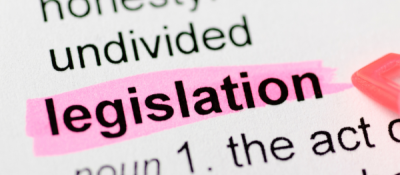All you need to know about LEV legislation
It is estimated that there are on average 12,000 deaths a year that are related to workplace exposure to airborne contaminants such as chemicals, fumes, and dust.
A LEV system is a simple engineering structure that works to prevent such workplace exposures by removing the contaminants at source.
If you operate a lev system in your workplace then you will be aware of the minefield of legislation that comes with it.
In this post, you will find all the information you need to follow if you operate a lev system safely in your workplace.
COSHH Regulation 7:
Regulation 7 means that every employer should try to prevent as much as possible or control the exposure of their employees to substances that may be hazardous to their health.
This is because hazardous particles and gases are normally in the employee’s breathing zone which can cause long term health problems.
The local exhaust ventilation system removes these contaminants from the source which complies with COSHH regulation 7.
COSHH Regulation 9:
Any employer who provides a control measure (such as a lev system) that meets the requirements of COSHH Regulation 7 must ensure that the system is regularly tested and maintained.
This means that any lev system in the workplace must be tested every 14 months at a minimum. The results of these tests must also be kept on file for 5 years.
COSHH regulation 9 covers the maintenance, testing and examination of all lev equipment and is a legal requirement so must not be delayed.
Our engineers have been designing, building and installing lev systems for decades. They are a fountain of knowledge and are more than happy to offer honest and impartial advice when you need it.
To speak to our engineers, please call 01162764522.

